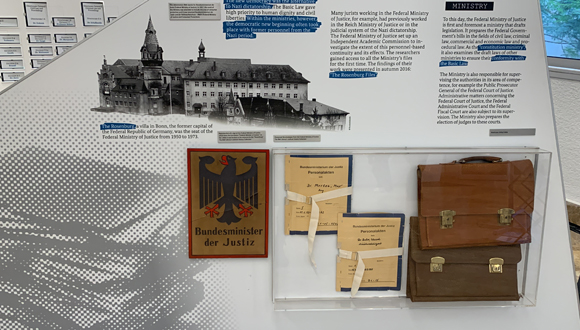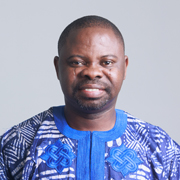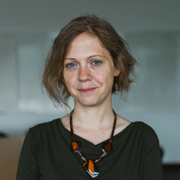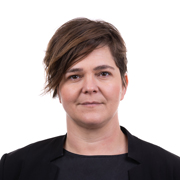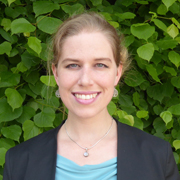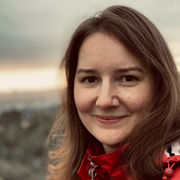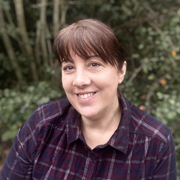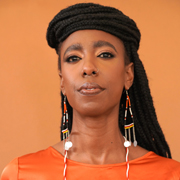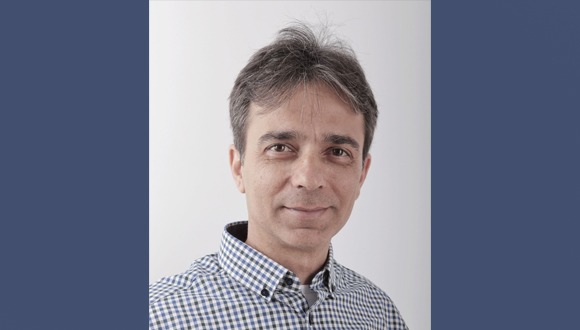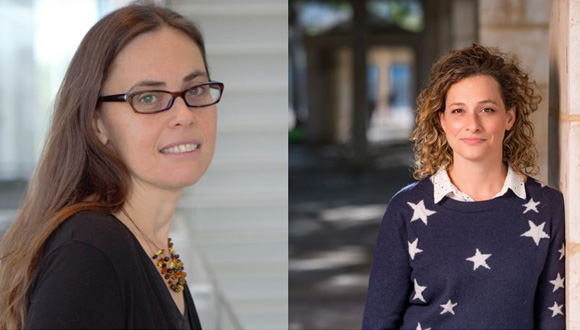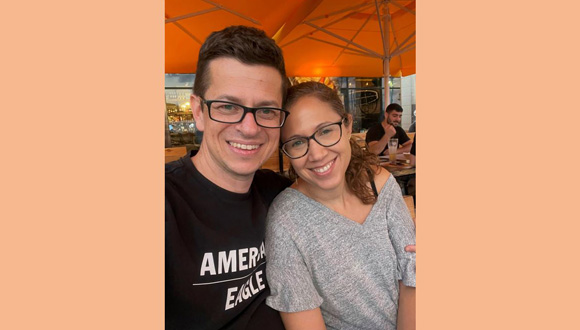Breaking Glass Ceilings
Tel Aviv University alumna, Israela Tadela Baruch, launches project to empower Israeli women of Ethiopian descent.
“We are here to reach the forums where significant decisions are made that affect our daily lives and those of our children.”
This is an excerpt from a Facebook post from November 2nd 2022 that launched the “Tzahai” project (“light beam” in Amharic), initiated by Israela Tadela Baruch, an MA graduate in Public Policy at Tel Aviv University’s Gershon H. Gordon Faculty of Social Sciences, who also has experience in communications and from the social sector.
A New Direction
“As a mother of a toddler and with another one on the way, and after seven years of working in the field of communication, I encountered adversity where I least expected them: from women at a managerial level. That made me realize that if I want to succeed, I’ll have to take matters into my own hands. I decided to take an independent path and pursue my passion for meaningful public engagement in a field close to my heart.”
“I wanted a new direction – for us to be able to connect, not as women seeking help, but from a place of strength and power.” Israela Tadela Baruch
Israela took part in an accelerator for social entrepreneurship through the World Zionist Organization and won an ‘outstanding enterprise’ grant. “I wanted to create a program to develop leadership skills among women from the Ethiopian community,” she explains. “That would equip them with the tools they need in order to enter Israeli politics and contribute to decision making. To add more nuance to Israel’s political landscape. I know women who have what it takes to execute public action, be it on local or national level.”
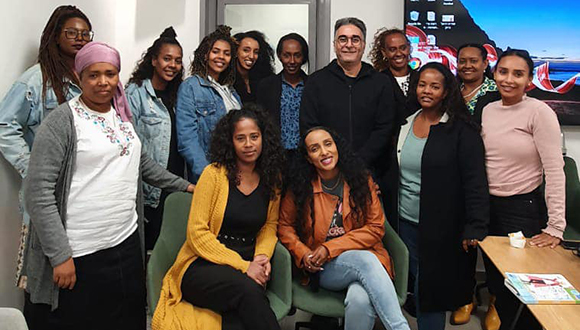
A group photo from the Tzahai group’s second meeting, where the women engaged in a fascinating discussion about politics, regime and social boundaries with political science expert, Dr. Hani Zubida (photo: from Tzahai’s Facebook page)
Israela mapped out all the existing organizations for Ethiopian women and found that they all dealt in the field of welfare. “I wanted a new direction – for us to be able to connect, not as women seeking help, but from a place of strength and power.”
Breaking Glass Ceilings
Prof. Itai Sened, the Dean of TAU’s Faculty of Social Sciences recognized the potential of Israela’s project, and encouraged her. She used connections she made in previous workplaces and managed to form a very diverse group, which included women at different stages of their professional lives from all over Israel.
Practically all of the women she gathered were full-time working mothers. They still found time to meet once every two weeks for Israela’s leadership program.
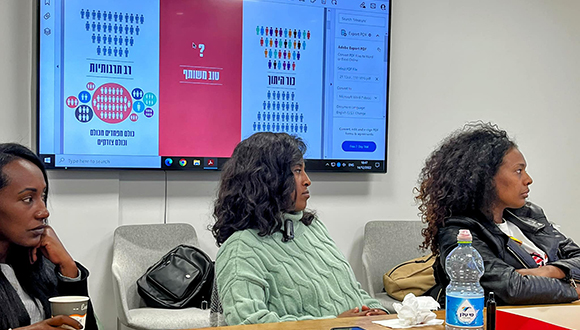
Women attending the program (photo: from Tzahai’s Facebook page)
“I wanted the women to meet a wide variety of influential and inspiring individuals, both women and men. This could help them expand their public activities and enable them to create impactful women’s networks of their own – and new social initiatives for the [Ethiopian] community. It was important for me to equip them with skills such as building arguments and public speaking. “
The program covered a wide array of topics: politics and gender; ethnicity; economic status; feminism; introduction to local government and social networks. The list also included a storytelling workshop and meetings with Ethiopians from Israeli media.
Soon the group will be heading to the Knesset, where they will meet with Pnina Tamano-Shata, another graduate from TAU’s Department of Public Policy, the Chair of the Committee on the Status of Women and Gender Equality.
“When my own two girls grow up, I would like female integration into political and social life to be a given. Today, for women in general and Ethiopian women in Israel in particular, it is hard to aspire to become politicians. I would like to change that.” Israela Tadela Baruch
A Beam of Light
14 women participated in the first instalment, which took place in the University’s Social Sciences’ Naftali building. “We chose to call this program Tzahai, or ‘Beam of Light’ in Amharic,” says Israela. “When my own two girls grow up, I would like female integration into political and social life to be a given. Today, for women in general and Ethiopian women in Israel in particular, it is hard to aspire to become politicians. I would like to change that.”
The second instalment of the Tzahai program will begin in October 2023. “There is no doubt that all the elections in the last five years and the lack of a stable government have resulted in some women realizing that they should be at the forefront. I can proudly say that a number of women from the pilot plan to run for local elections in 2023, using the skillset and network they’ve acquired,” says Israela.
She says that the education she received at Tel Aviv University contributed a lot to the project: “I participated in Dr. Yossi Boles’ elective course ‘Social Entrepreneurs in the Public Sector’, where I learned valuable insights. I also met women from different fields of interest who broadened my horizons. The icing on the cake is Prof. Itai Sened who supported, accompanied, advised – and most importantly believed in me.”
Israela’s message to social entrepreneurs who want to realize their ideas: “Don’t hesitate, believe in your idea, and do not wait for the right time to realize your dreams because that time is already yesterday.
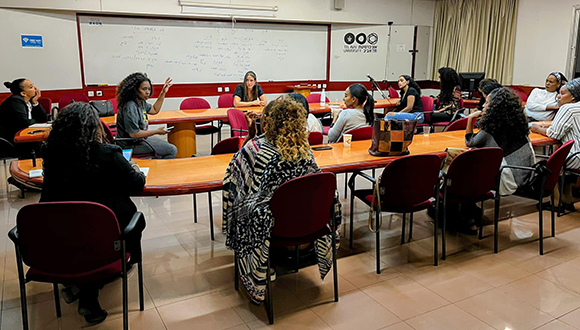
“We are here to reach the forums where significant decisions are made that affect our daily lives and those of our children.” (photo: from Tzahai’s Facebook page)
Want to learn more?
Email: [email protected]
Follow the group on Facebook





